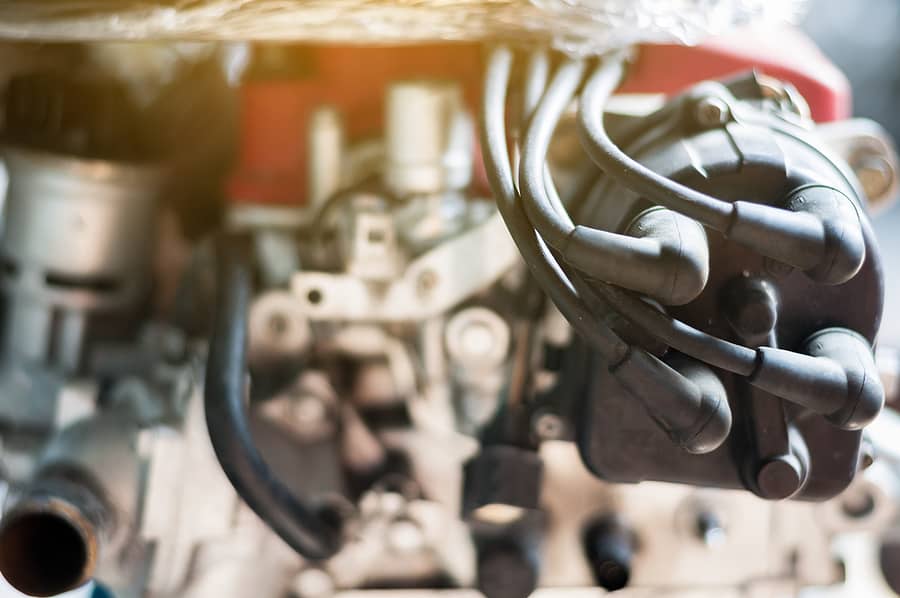
Have you been finding that your car won’t start in the mornings? Or perhaps when you’re out on the open road, you don’t seem to have the same levels of grunt and power as usual? One potential culprit could be your ignition coil, which helps turn the low voltage output of your battery into the little blue-white sparks that they are used to ignite the air fuel mixture in the engine.
What are the tell-tale signs that can give you an indication that the ignition coil is failing – giving you a chance to get to a mechanics, and avoid a breakdown on the open road?
Table of contents:
- How does the Ignition Coil Work?
- Symptoms of a Faulty Ignition Coil
- How to Avoid an Ignition Coil Failing
- And Finally
How does the Ignition Coil Work?
The ignition coil functions as part of your ignition system, alongside the switch, battery, alternator, spark plugs and distributor. Like a kind of reverse system to the adaptor units that you might use in the home (transforming high voltages into low voltages), the coil boosts the 12V charge from your battery into a whopping 20KV to 40KV charge to ignite the petrol.
Open up the ignition coil, and you’ll find two windings around an iron core, often immersed in oil to keep the part cool. When the coil is powered up, the outer coil is flushed with charge, creating a magnetic field. This is then shut off, collapsing the field, and sending the charge to the more tightly wound inner coil, which subsequently transforms the charge into the super high voltages needed to create the sparks necessary to ignite the fuel in the pistons.
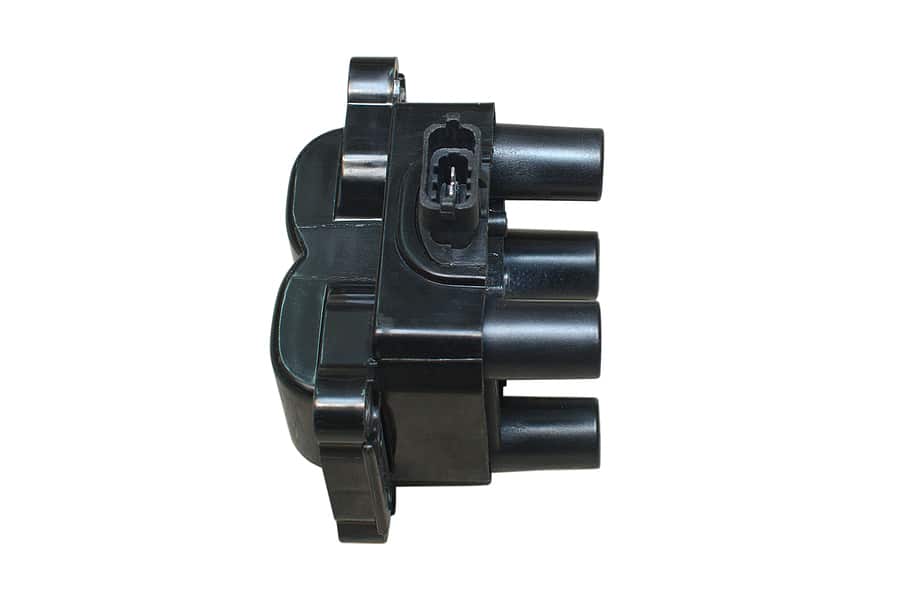
Symptoms of a Faulty Ignition Coil
Be aware of the following issues. Each one could give you an indication that you’re having issues with your ignition coil. And if multiple problems occur at the same time, then whilst this will help you narrow down the cause, it’s also an indicator that you need to get the professionals in, pronto.
Stalling and Misfiring
When the ignition coil is failing or experiencing problems, it often leads to pistons misfiring or simply not firing at all, as the charge is not delivered to ignite the petrol. If you’re noticing strange noises, accompanied by a poor response from the engine leading to jerks or vibration when idling, these can be tell-tale signs that the ignition coil is on its way out. In the worst case scenario this can lead to the car shutting down altogether, and stalling when you put your foot down on the gas.
Can’t Start the Car
If your car has only one ignition coil, then it may prevent the car from starting. If the battery is properly charged and all you seem to get when you try to turn the key or hit the button is a clicking sound, then you could be looking at a problematic ignition coil. If the spark plugs are not receiving the charge they need – then the engine will fail to fire up properly.
Fewer Miles to the Gallon
If your engine is not burning fuel properly, the engine will need more fuel to do the same amount of work, leading to decreased fuel efficiency. Additionally, when your ignition coil malfunctions, it can also create disparities in the oxygen sensor, sending the engine more fuel than is actually required. Be aware that putting this unspent fuel through your engine is also incredibly bad for the associated systems, and can cause damage to the catalytic convertor, which is often a very expensive part to replace.
Check Engine Light Illuminated on the Dash
Although the check engine light can alert you to a number of different problem situations – one of these could be a faulty or broken ignition coil. In such a situation, you have a couple of choices. Either get down to a mechanic who can perform an OBD-II check, or get a scanner so that you can check the codes yourself. Codes P0300 to P0312 indicate a misfiring, which could be the result of an ignition coil problem, whilst codes P0350 to P0362 are reserved on all systems to indicate ignition coil issues.
Backfiring
As we mentioned with the fuel economy problem, a faulty ignition coil will often lead to unspent fuel entering into the exhaust system. When this fuel comes into contact with the hot metal of the exhaust or catalytic convertor, it can instantly ignite and explode, creating a back-fire – a loud noise that booms out of the back of the car. Whether or not this is caused by an ignition coil problem, you should always get the issue investigated.
Oil Leak
The huge amounts of current and charge being transformed inside the ignition coil lead to heat dissipation. When the part is functioning normally, the oil usually helps get rid of this thermal energy. If the coil is broken however, this can lead to overheating, which will eventually crack the housing and the oil will start to leak out of the part.
Bad Spark Plugs
If you find that your spark plugs are faulty or worn out, then they can often draw more charge than is normally expected from the engine. This can often put too much strain on the ignition coil, damaging it over time. If you find you have spark plug problems, it’s definitely worth checking the ignition coil at the same time.
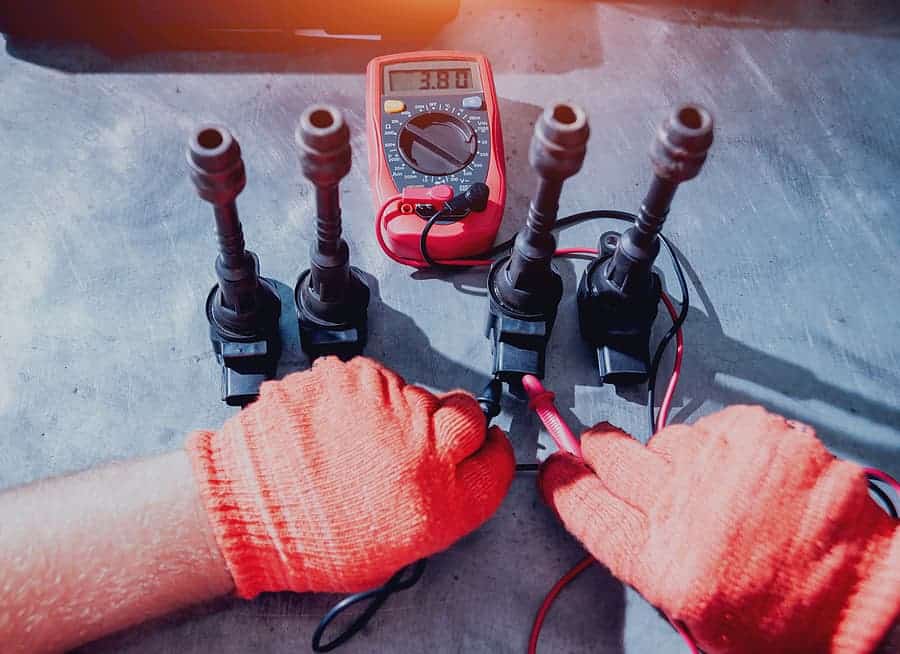
How to Avoid a Faulty Ignition Coil
Take the following precautions to keep your coil working properly and effectively:
- Regular spark plugs check – as we mentioned, faulty spark plugs can cause excessive drain on the coil, which will lead to it prematurely degrading. Keep the plugs in good order to prevent this from happening.
- Inspect the coil casing – to make sure there are no oil leaks and pay particular attention to the wires connecting the coil to the electrical system. These can often give an early sign of problems as they will appear toasted if there has been a current drain problem.
- Regular service checks – pay attention to the manufacturer’s instructions, getting regular maintenance to ensure that your car is in good working order.
And Finally
Like all parts in your car, the ignition coil will degrade eventually. The huge amounts of charge and current that are constantly stored and discharged through the part take their toll and replacement becomes an inevitability. With a modicum of mechanical knowledge you can change the part yourself – or get down to a professional garage.

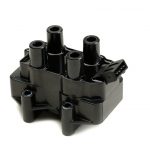
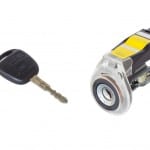
.png)